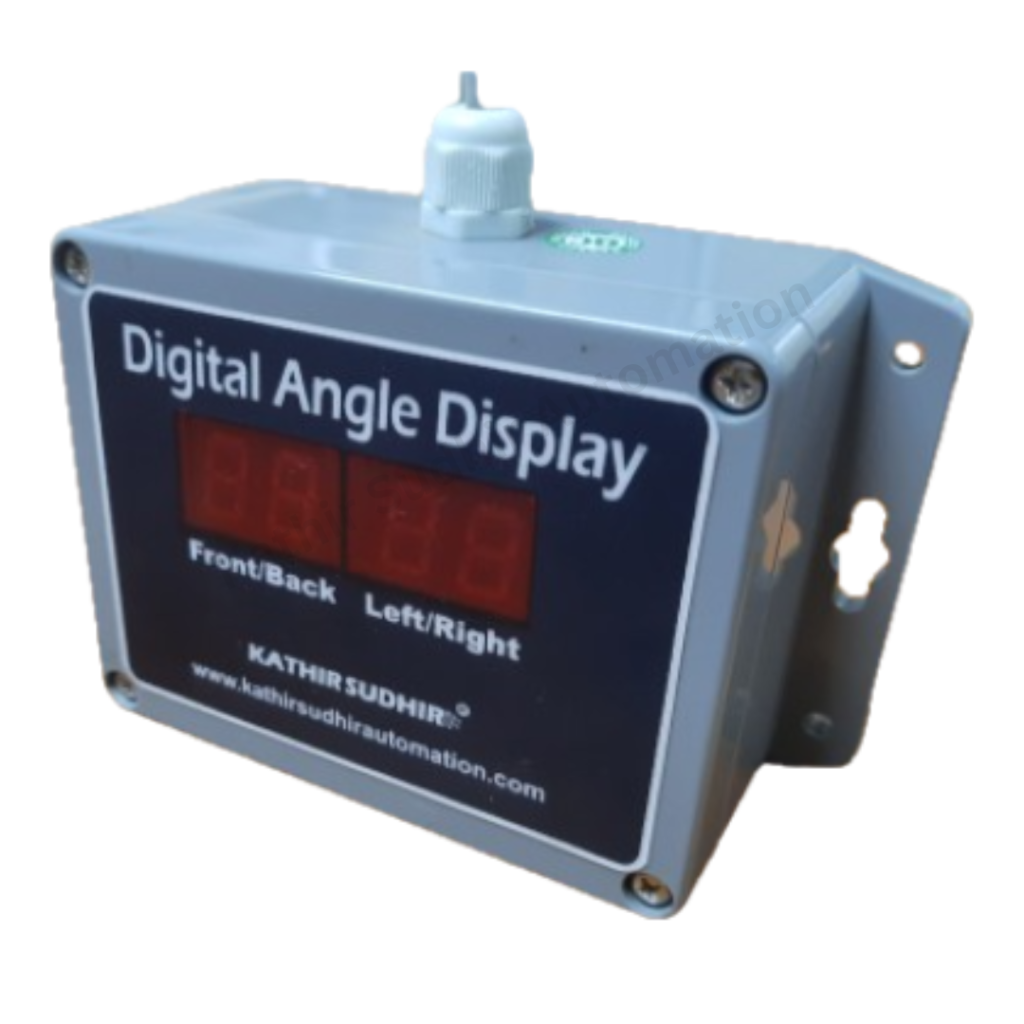In the world of modern engineering, precision is paramount. From constructing skyscrapers to designing bridges, every angle matters. This is where inclinometers step in, serving as indispensable tools for ensuring accuracy and safety in various applications. In this blog, we delve into the significance of inclinometers in modern engineering and explore their diverse uses across different industries.

Understanding Inclinometers
An inclinometer, also known as a tilt sensor or clinometer, is a device used to measure angles of inclination or tilt with respect to gravity. It provides precise information about the slope, tilt, or elevation of an object relative to the Earth’s surface. Inclinometers come in various forms, including mechanical, electronic, and digital, each tailored to specific engineering needs.
Applications in Structural Monitoring
One of the primary applications of inclinometers lies in structural monitoring. In engineering projects such as building construction, dam development, or tunnel excavation, maintaining the stability and integrity of structures is critical. Inclinometers play a crucial role in monitoring ground movement, slope stability, and structural deformations, allowing engineers to detect potential risks and implement preventive measures promptly.
Geotechnical Engineering
In geotechnical engineering, inclinometers are indispensable tools for assessing soil and rock movements. By measuring the tilt or displacement of soil layers, inclinometers aid in monitoring landslides, evaluating the stability of embankments, and detecting underground movements in mining operations. This data is essential for designing effective slope stabilization measures and mitigating geotechnical hazards.
Aerospace and Navigation
In the aerospace industry, inclinometers find application in aircraft instrumentation and navigation systems. They help pilots and navigators determine the aircraft’s pitch and roll angles, ensuring stable flight and precise control, especially during takeoff, landing, and maneuvers. In spacecraft and satellites, inclinometers contribute to orientation control and attitude determination, enabling accurate positioning and alignment in space missions.
Renewable Energy
The renewable energy sector also benefits from the use of inclinometers, particularly in solar energy installations and wind turbine operations. In solar tracking systems, inclinometers track the sun’s position, optimizing the orientation of solar panels for maximum sunlight exposure and energy generation. Similarly, in wind turbines, inclinometers monitor the tower’s inclination and rotor alignment, enhancing operational efficiency and safety.
Conclusion
Inclinometers play a vital role in modern engineering across various disciplines, providing precise measurements of angles and inclinations essential for ensuring structural stability, safety, and efficiency. From construction and geotechnical engineering to aerospace and renewable energy applications, inclinometers continue to be indispensable tools for engineers and researchers worldwide. As technology advances, the versatility and accuracy of inclinometers are expected to further contribute to innovations in engineering and scientific endeavors, shaping the future of our built environment and beyond.
